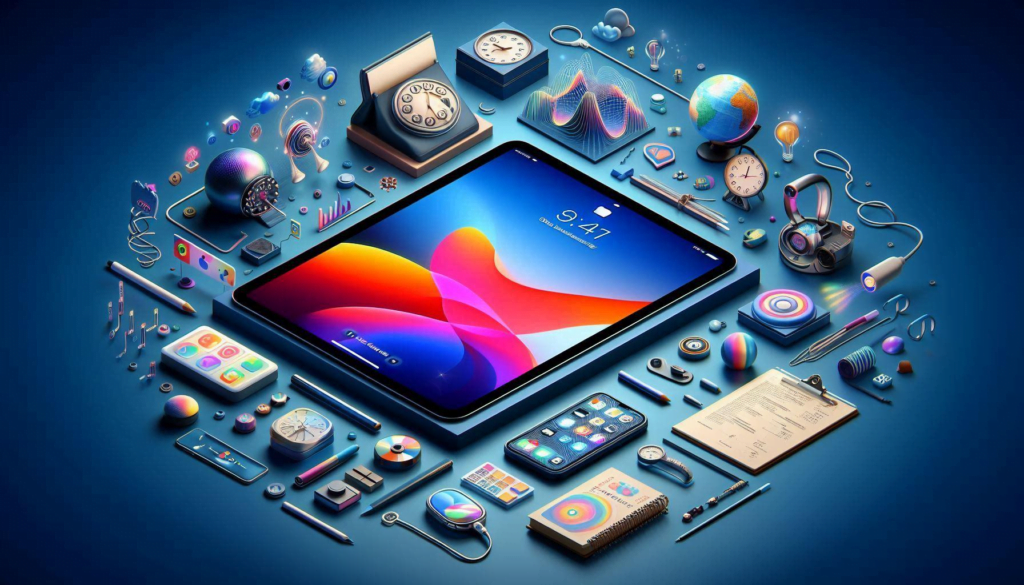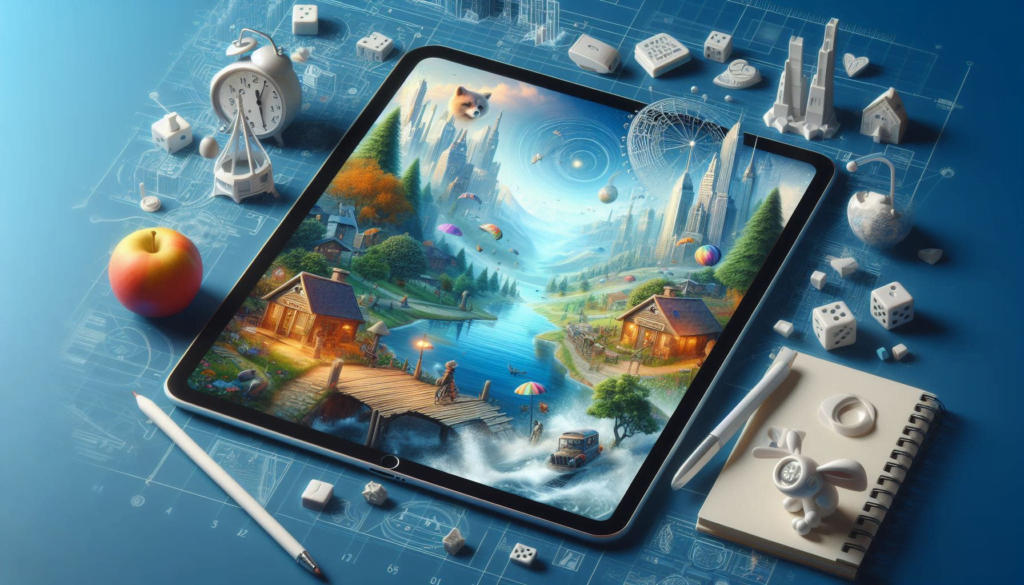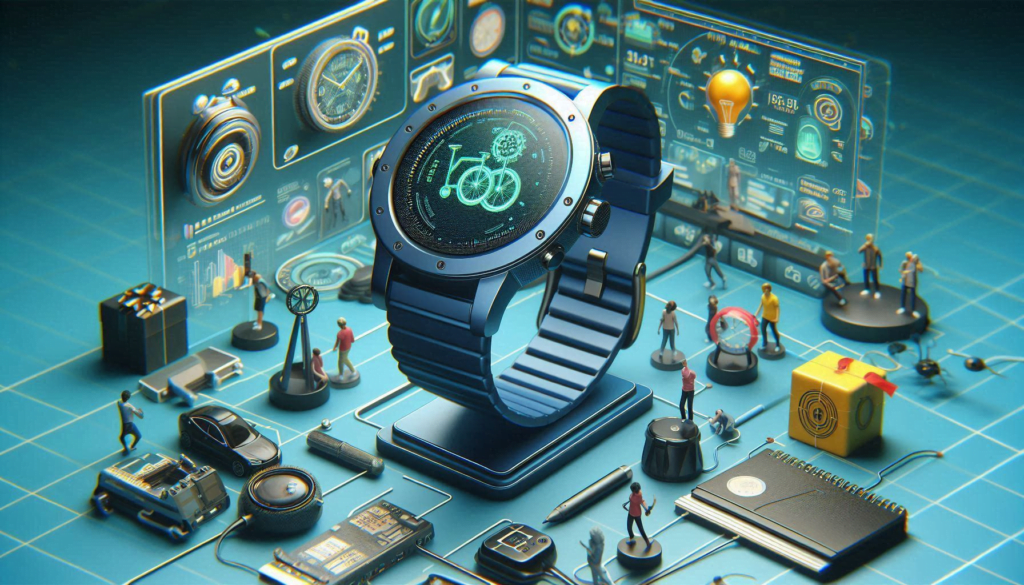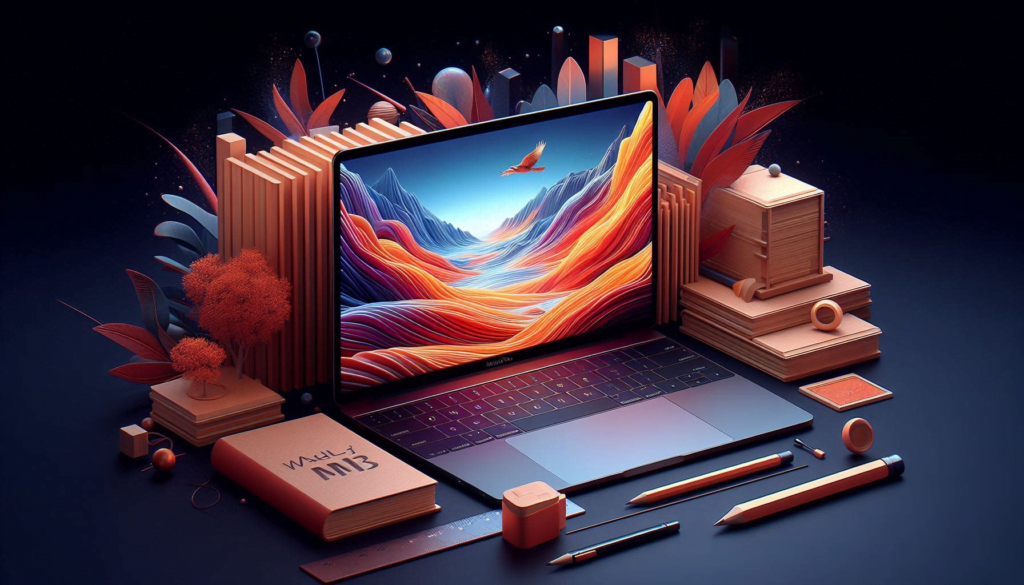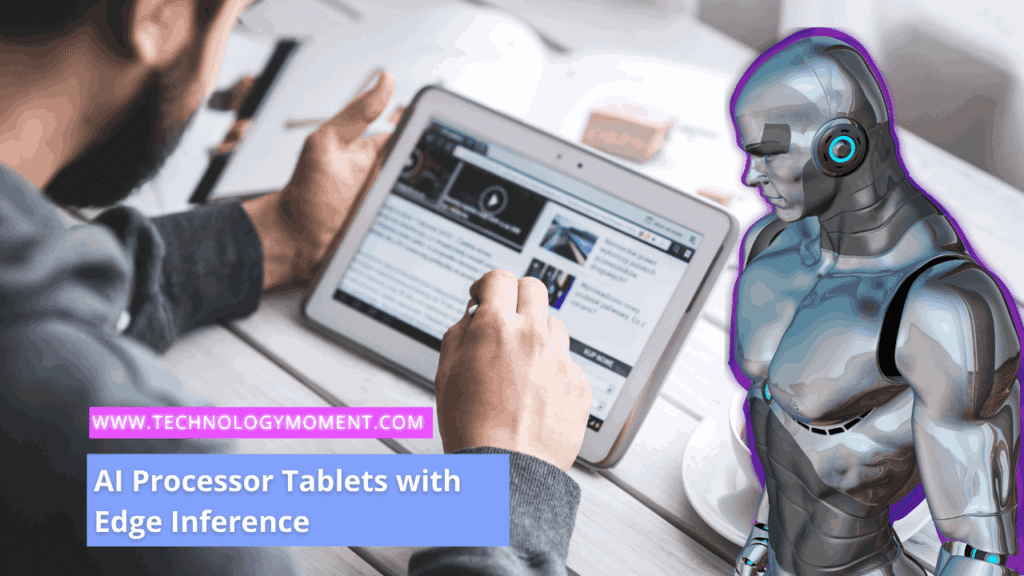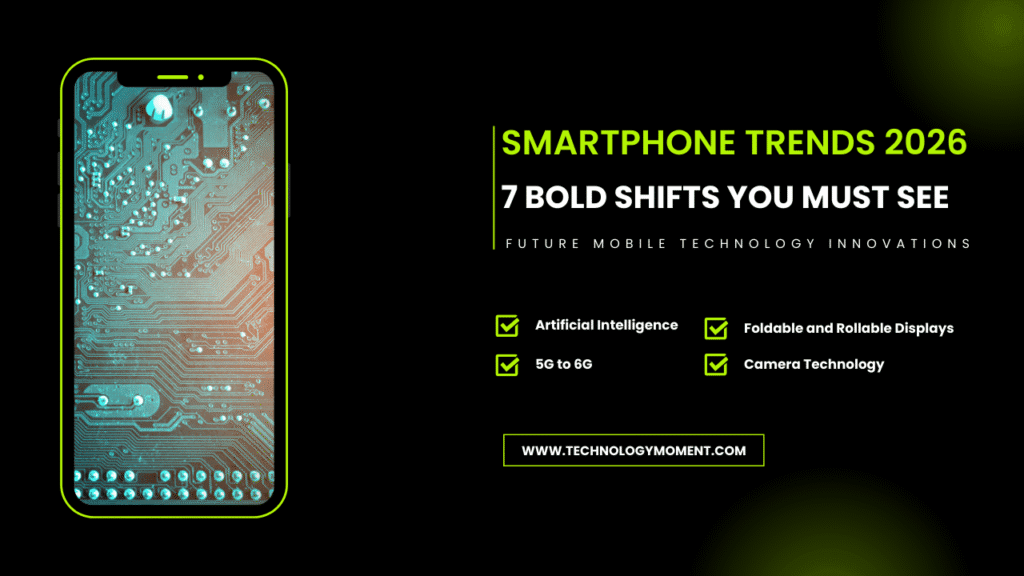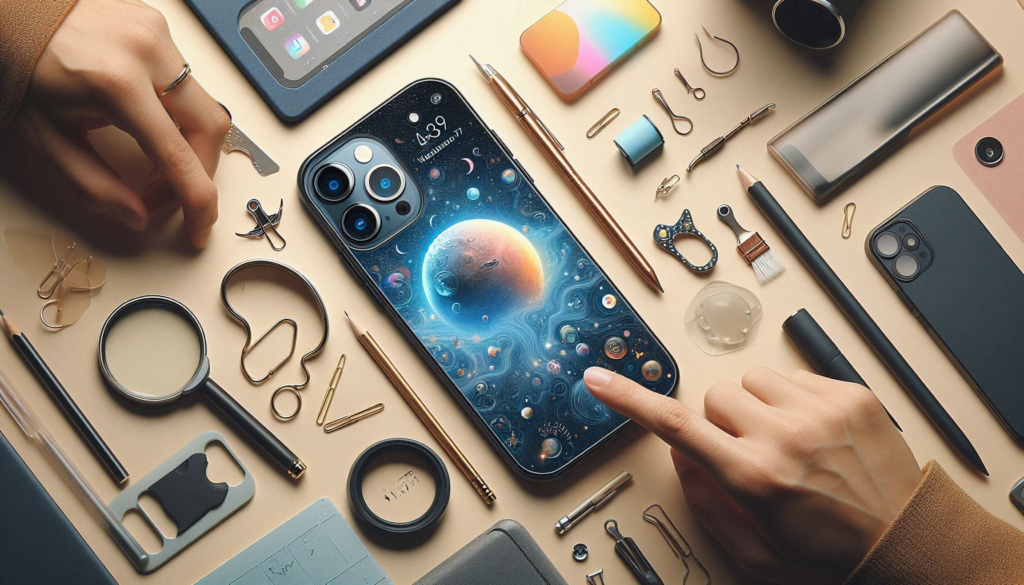
At Technology Moment, we explore how cutting-edge innovations shape the gadgets we use every day. Our goal is simple — to bring you clear, engaging insights into the tech trends transforming the world right now. Whether it’s AI breakthroughs, smartphone upgrades, or future-ready tools, we decode the complex and make it easy to understand.
Smartphone photography is no longer just about megapixels — it’s about intelligence. In 2025, Artificial Intelligence (AI) is the driving force behind sharper images, more vibrant colors, and near-professional results from devices that fit in your pocket. This blog dives deep into “Introduction to AI and Smartphone Cameras”, showing how AI is revolutionizing image processing, enhancing low-light performance, and turning everyday users into confident photographers.
Table of Contents
AI-Powered Image Processing
Artificial Intelligence has completely transformed how smartphones handle images behind the scenes. In 2025, the camera doesn’t just “capture” a picture; it actively analyzes it in real time, applying complex corrections and optimizations that used to be done manually on computers. AI-powered image processing is the secret sauce that makes modern smartphone photography so effortless.
When you point your phone at a subject, the AI instantly studies the lighting, colors, depth, and even the type of scene you’re photographing. It detects whether you’re taking a portrait, a landscape, food, or a night shot and adjusts exposure, focus, and white balance automatically. This means your photos come out vibrant and balanced without you needing to tweak settings. It’s like having a skilled photographer living inside your phone, making smart choices for every single click.
One of the biggest breakthroughs in AI-powered image processing is in HDR (High Dynamic Range). In the past, cameras struggled with very bright or very dark areas, but AI now captures multiple images in a fraction of a second and blends them seamlessly. The result? Smooth, natural-looking photos with crisp details in both shadows and highlights. And when it comes to low light, AI steps in to reduce noise, sharpen edges, and even recreate lost colors—turning dimly lit photos into sharp, lifelike memories.
Computational Photography in 2025
Computational photography is no longer an experimental buzzword; by 2025, it will have become the backbone of smartphone imaging. Instead of relying purely on lenses and sensors, smartphones now rely on advanced algorithms to create images that go beyond the hardware’s physical limits. This technology allows a slim phone camera to rival professional gear in many everyday situations.
Multi-frame image stacking is one of the most powerful techniques today. Your smartphone snaps a series of shots in rapid succession, each focusing on different details or exposures. Then, using AI, it combines the best parts of each photo into a single image. This process enhances clarity, texture, and sharpness, making even fast-moving scenes look crystal clear.
Noise reduction has also seen a revolution. Traditional cameras struggled with grainy photos in low light, but AI-based noise reduction now intelligently identifies and removes noise without smudging details. It “learns” what real texture looks like, so your images maintain their natural look. Color correction, too, has taken a leap forward. AI adjusts hues and saturation dynamically, meaning that skies look blue but not oversaturated, and skin tones stay accurate across different lighting conditions.
Computational photography also handles lens corrections automatically. If your ultra-wide lens distorts the edges of your picture, AI can straighten it out. It can also remove chromatic aberration—the odd color fringes around objects—and ensure a cleaner, more professional finish. This is what lets everyday smartphone owners capture stunning photos without owning a DSLR or editing software.
AI-Driven Hardware Optimization
In 2025, AI isn’t limited to software alone—it’s also reshaping the physical hardware of smartphone cameras. The chips, sensors, and image signal processors (ISPs) inside your phone now work hand in hand with AI to deliver better results while using less power. This combination makes smartphone photography more efficient, more powerful, and more consistent across different environments.
Modern image sensors are designed to “talk” to AI algorithms, sending them richer data about light and color. This allows the AI to work with more detailed information and produce better images. For example, instead of just capturing pixels, the sensor might also record depth or color temperature data, which the AI then uses to fine-tune focus, exposure, and color balance.
AI also optimizes how your phone consumes energy while shooting photos or videos. In earlier smartphones, enabling advanced features like HDR or night mode would drain the battery quickly. Now, AI intelligently manages power use, only activating heavy processing when necessary. This makes high-end features accessible without compromising battery life—a major plus for mobile photographers on the go.
Perhaps most impressively, AI-driven hardware optimization helps balance performance and heat. Shooting 8K video or processing multiple frames at once used to overheat smartphones, but the new AI-controlled ISPs distribute workloads efficiently. This means smoother performance even during intense photography sessions, as well as longer device lifespan because of reduced strain on internal components.
Together, these advancements blur the line between hardware and software. The camera module, the chip inside your phone, and the AI algorithms now function as a single, unified system—an invisible team working tirelessly to make your photos look spectacular, no matter where in the world you are.
Personalized Photography Using AI
Personalized photography has become one of the most exciting innovations in smartphone cameras by 2025. AI no longer just snaps a photo — it understands who or what you’re photographing and adapts instantly. Today’s AI-powered portrait modes are incredibly advanced. Instead of simply blurring the background, the system calculates depth maps in real time, isolates subjects with pinpoint accuracy, and even refines small details like hair strands or jewelry edges. This means your portrait shots look as if they’ve been captured with a professional DSLR and edited by a skilled photographer.
Beyond portrait modes, AI is bringing custom filters and style transfer features to life. Users can now apply cinematic color grading or artistic looks in real time without needing third-party apps. For example, you could mimic the warm tones of a 90s film camera or the crisp blues of a modern travel blog with a single tap — and AI will automatically adjust for lighting and skin tone, so it never feels artificial or over-processed. This level of personalization is appealing globally because it allows everyone, regardless of technical skill, to showcase their creativity uniquely.
Accessibility is another area where AI shines. Auto-framing features intelligently track the main subject during group shots or video calls, keeping everyone centered and in focus. For people with visual or motor impairments, AI provides voice-guided shooting, automatic angle adjustments, and even audio descriptions of scenes. This democratization of photography means that no matter where you are in the world, your phone camera can adapt to your needs and preferences, making it more inclusive and user-friendly than ever before.
Video Enhancements Through AI
AI in smartphone video recording has taken leaps in 2025, redefining how people capture and share moving images. Stabilization technology powered by AI is now so advanced that handheld shots appear smooth even while jogging or filming in a crowded market. Instead of relying solely on hardware like gimbals, the camera uses machine learning to predict your movement, counter-shake instantly, and maintain frame stability — a huge advantage for vloggers, journalists, and casual users alike.
Real-time background replacement is another game-changer. Without a green screen, AI can seamlessly replace the backdrop of your video call, livestream, or content creation with anything from a professional office to a tropical beach. This is particularly powerful in a global context where remote work, online education, and social content creation are booming. The technology uses pixel-level segmentation, ensuring the subject remains sharp while the background blends naturally.
Audio quality has also improved with AI-driven video processing. The phone can identify and isolate voices, reduce wind noise, and balance ambient sounds automatically. Synchronization between audio and video is handled by neural networks that adjust for micro-delays, ensuring lips match speech perfectly. Together, these advancements make smartphone videos look and sound like they’ve been professionally produced — something that resonates with global audiences who increasingly rely on their phones for storytelling, entertainment, and communication.
Privacy and Security Concerns
With great power comes great responsibility — and that’s especially true for AI-driven cameras. In 2025, privacy and security are at the forefront of user concerns. AI systems embedded in smartphones now handle vast amounts of personal data: facial recognition, location tags, and even behavioral patterns. Manufacturers have started implementing stronger on-device processing to reduce reliance on cloud servers. This means your photos, face data, and scene recognition are often processed locally on your phone, significantly lowering the risk of leaks or unauthorized access.
Transparency is another key trend. Leading brands are now providing clear explanations of how their AI features work, what data is stored, and how it’s used. In many regions, new regulations require opt-in permissions for AI camera features such as biometric tagging or object recognition. This is especially important in a global context where privacy laws differ widely from country to country. Users can now customize privacy settings in detail — for example, disabling automatic geotagging or preventing AI from learning their photography habits.
There’s also a rising movement toward “ethical AI” in photography. Some brands give users the option to limit how much AI edits their images, maintaining authenticity. Others are introducing watermark systems to show when an image has been heavily AI-processed. This approach reassures people that their personal memories remain private, authentic, and under their control. Globally, these privacy and security measures are building trust and ensuring AI’s rapid growth in smartphone cameras doesn’t come at the cost of user safety or autonomy.
FAQs
How to improve smartphone camera quality
You can improve your smartphone camera quality by using proper lighting, cleaning the lens regularly, enabling AI or pro settings, and keeping your camera software updated for the latest image-processing improvements.
Smartphone with the best camera quality
As of 2025, flagship models from brands like Apple, Samsung, and Google lead the market with the best camera quality, thanks to advanced AI-driven image processing and top-tier sensors.
Smartphone with DSLR camera quality
Some high-end smartphones now rival entry-level DSLR cameras, offering large sensors, AI computational photography, and multi-lens systems to achieve DSLR-like results without bulky equipment.
Smartphone with good camera quality
Many mid-range smartphones in 2025 deliver excellent camera quality by using AI-enhanced processing, making it easy for everyday users to capture sharp, vibrant photos and videos.
How to check smartphone camera quality
Check the sensor size, megapixel count, aperture, and AI features. Reading expert reviews, sample photos, and testing in different lighting conditions is the best way to judge a smartphone’s camera quality.




